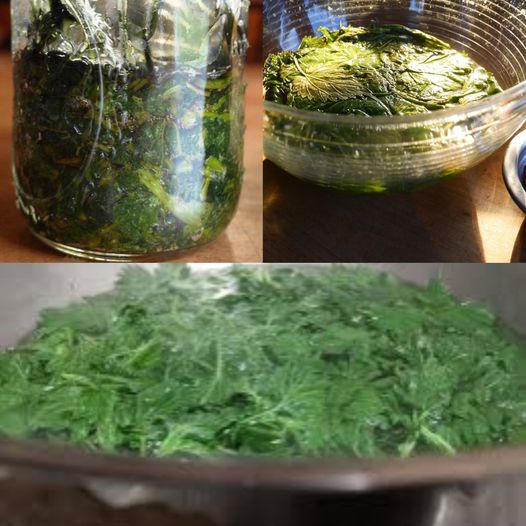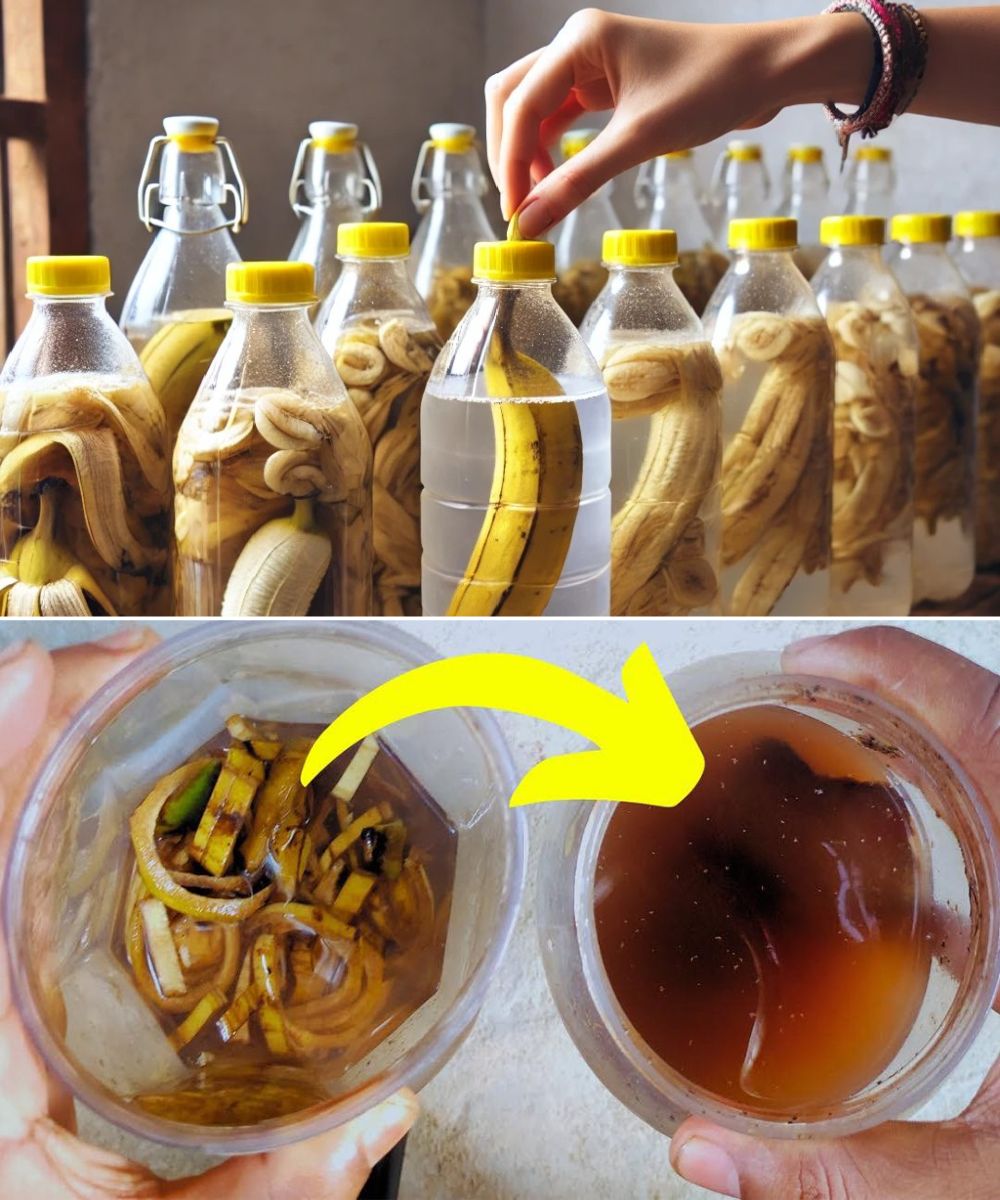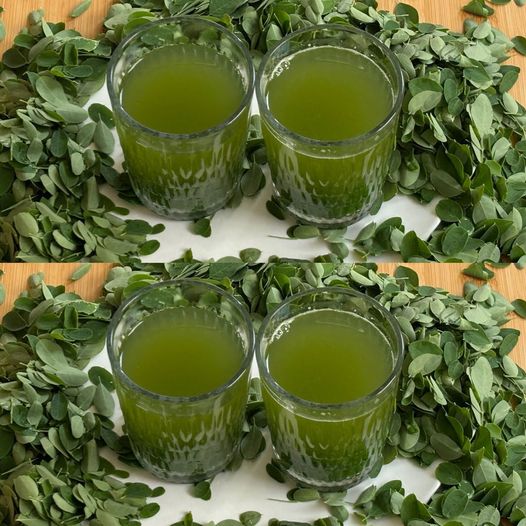Health And Natural Herbs
Fermented Nettle: A Valuable Workpiece with Minimal Effort

Ingredients:
- Fresh nettle leaves (about 500g)
- 2 tablespoons sea salt
- Water (filtered or spring water, enough to cover the nettles)
- 1 large glass jar with a lid
Equipment:
- Rubber gloves (to handle the nettles safely)
- Large mixing bowl
- Weight (a smaller jar or a clean rock)
- Cheesecloth or a clean kitchen towel
Instructions:
- Preparation:
- Safety First: Wear rubber gloves to handle the nettles, as they can sting. The stinging sensation is neutralized after cooking or fermenting.
- Harvest and Clean: Pick fresh nettle leaves from a clean area (away from roads and pollutants). Rinse them thoroughly under cool water to remove any dirt or insects.
- Salting the Nettles:
- Place the nettle leaves in a large mixing bowl. Sprinkle the sea salt over the nettles and massage them gently with gloved hands. The salt will help to draw out moisture and begin the fermentation process.
- Packing the Jar:
- Transfer the salted nettles to the glass jar, pressing them down firmly with your hands or a spoon. This helps release more liquid and removes air pockets. Leave about an inch of space at the top of the jar.
- If the nettles are not fully submerged in their own juices, add a small amount of water to cover them completely. The nettles must be submerged to prevent mold growth.
- Weighing Down the Nettles:
- Place a weight on top of the nettles to keep them submerged. You can use a smaller jar filled with water or a clean rock. Alternatively, you can use a fermentation weight if you have one.
- Covering and Fermenting:
- Cover the jar with cheesecloth or a clean kitchen towel to allow air circulation while keeping dust and insects out. Secure the cloth with a rubber band or string.
- Place the jar in a cool, dark place (ideally between 60-75°F or 15-24°C) to ferment. Check the jar daily to ensure the nettles remain submerged and to remove any scum that forms on the surface.
- Fermentation Time:
- Fermentation time can vary depending on the temperature and your taste preference. Generally, it takes about 5-10 days for the nettles to ferment. Taste the nettles after a few days to see if they have reached your desired level of tanginess. They should have a pleasant, sour taste.
- Storing the Fermented Nettles:
- Once fermented to your liking, remove the weight and replace the cloth with a regular lid. Store the fermented nettles in the refrigerator, where they can keep for several months.
Serving Suggestions: Fermented nettles can be used as a condiment, added to salads, mixed into sauces, or enjoyed as a side dish. They provide a unique tangy flavor and are packed with nutrients.
Enjoy your valuable workpiece with minimal effort! Fermenting nettles is a simple way to preserve this nutritious plant and enjoy its benefits year-round.





